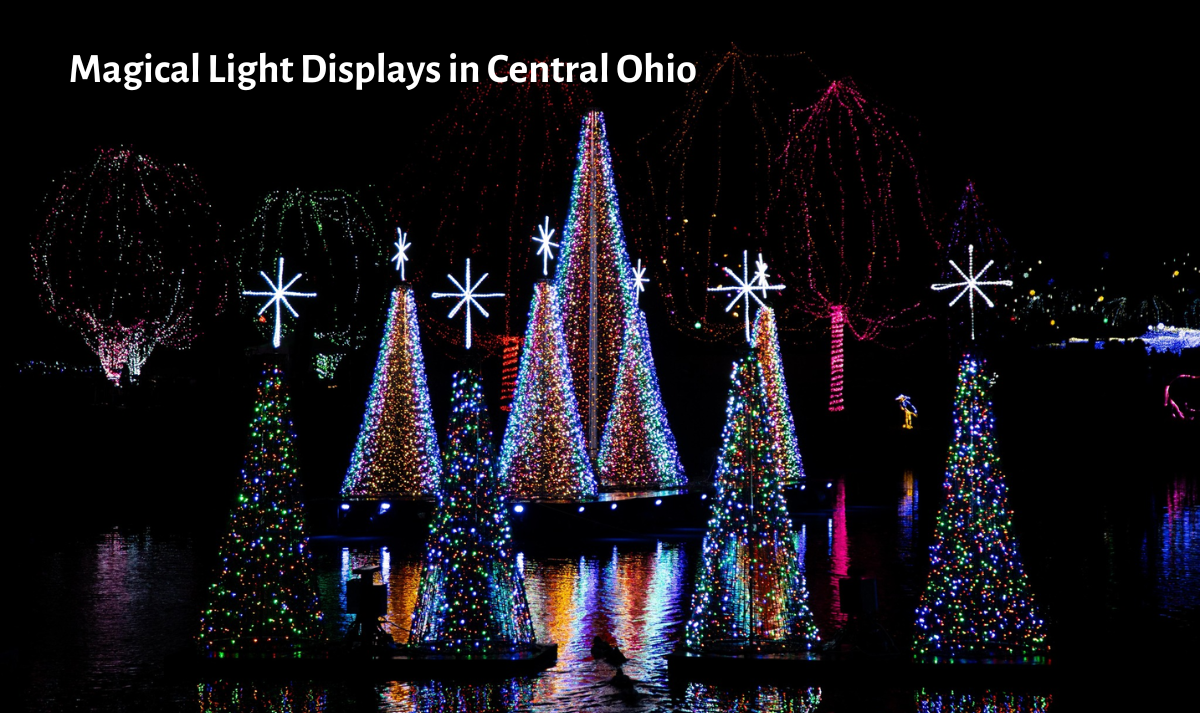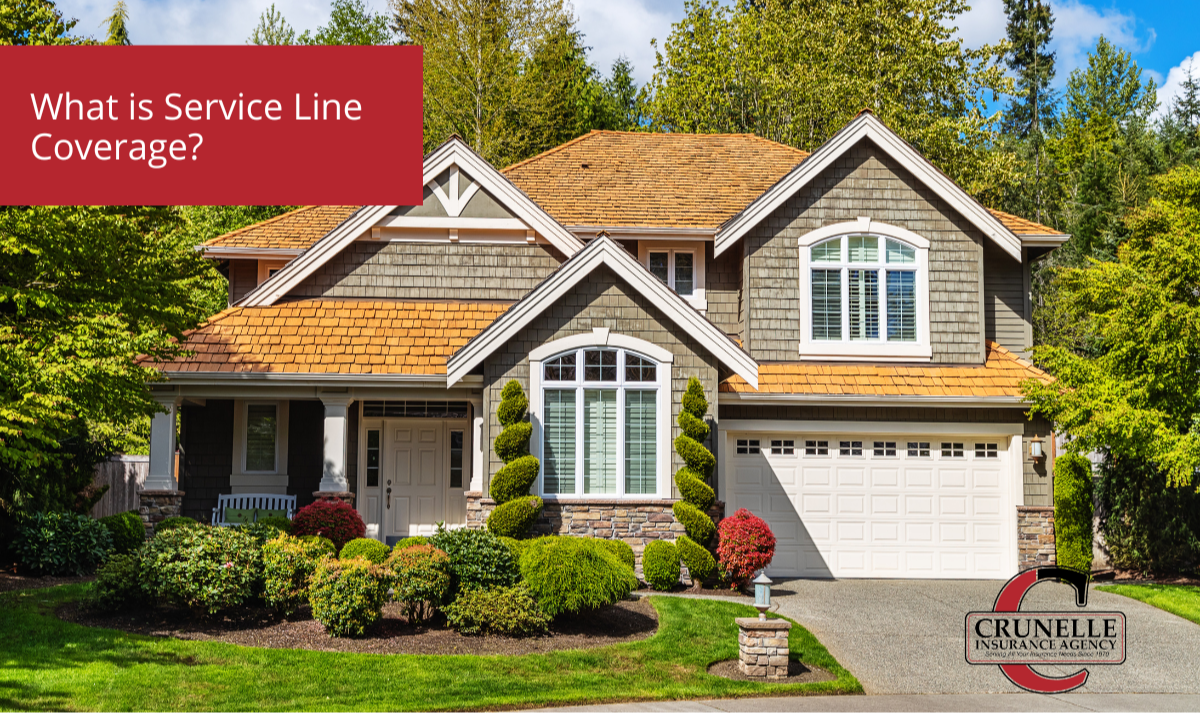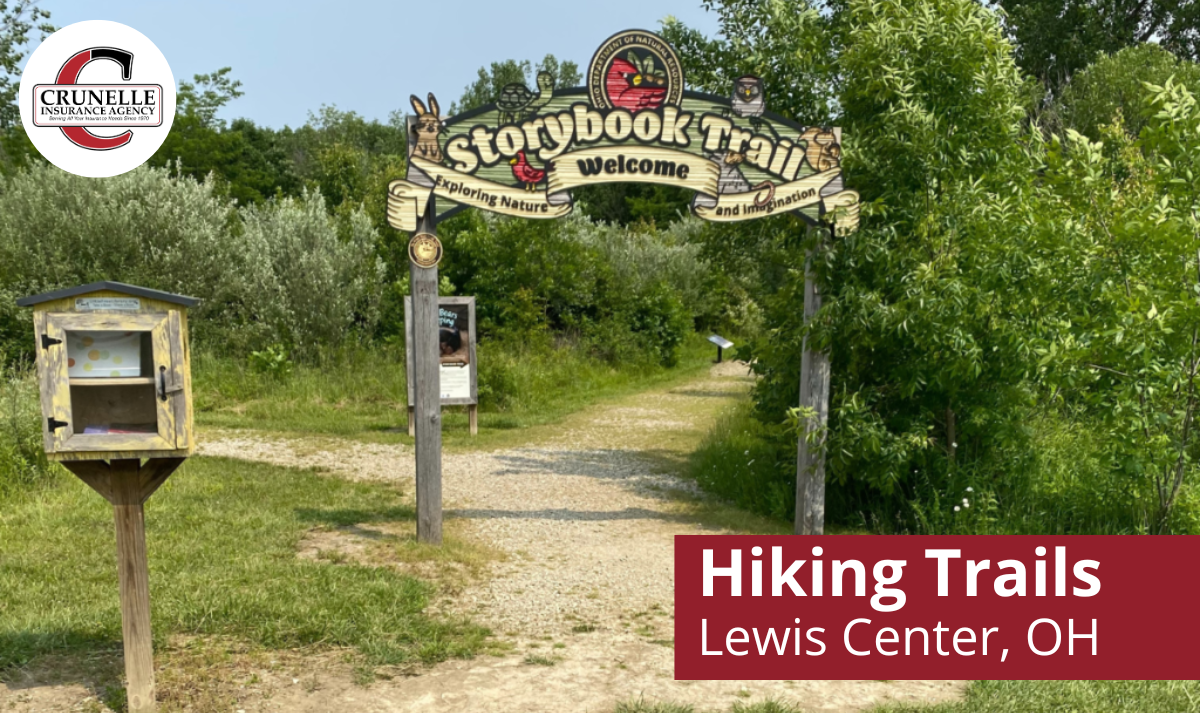Insurance can be complex. Flood insurance is often the most confusing of all. How do you know if you need flood insurance? Let’s start with some facts and misconceptions.
Facts about Floods & Insurance
According to the National Flood Insurance Program:
- Floods are the number one natural disaster in the United States.
- Anywhere it can rain, it can flood.
- Risk does not stop at a line on a flood map.
- Moderate-to low-risk areas account for more than 20 percent National Flood Insurance Program (NFIP) claims.
Common Misconceptions about Flooding
- I don’t live in a flood zone. it won’t flood here.
- Homeowners insurance covers flood damage.
First of All – What is a Flood?
There’s a difference between a flood and water damage. A flood is defined by the NFIP as, “A general and temporary condition of partial or complete inundation of two or more acres of normally dry land area or of two or more properties (at least one of which is your property) from overflow of inland or tidal waters, from unusual and rapid accumulation or runoff of surface waters from any source, or from mudflow.”
We told you it was confusing. An experienced agent is invaluable when it comes understanding the ins and outs.
Basically, a flood is a large event that affects at least several acres or at least two properties.
Some examples of events that might trigger a claim due to flooding include:
- Heavy rain
- Rapid snow melt
- Dam or levee failure
- Storm surge
Water damage from burst pipes, a malfunctioning washing machine, or rain that comes through a hole in your roof fall under your homeowners insurance. That’s a whole different event.
What is Flood Insurance?
While your homeowners insurance may cover water damage, you won’t be protected in the case of a flood unless you specifically have flood insurance.
Too often, people believe they have coverage for flood damage under theirhomeowners insurance. This is not the case. As the name suggests, flood insurance is a specialized form of coverage that kicks in if a flood damages your home. This type of policy is for flooding due to natural causes such as those indicated above.
Flood insurance, like earthquake coverage, is a separate policy that you purchase.
Unfortunately, many homeowners don’t realize this until it is too late.
In some situations, buying flood insurance may be a requirement to secure a mortgage. This necessity is especially true if you are in a high-risk area as defined by the Federal Emergency Management Agency (FEMA).
So What Does Flood Insurance Cover?
Generally speaking, homes can be covered for $250,000 for the structure of the building and $100,000 for contents. The home, its heating, electrical and plumbing systems, appliances, carpeting, blinds, clothing, furniture and electronics are among the items that can be repaired or replaced as part of your flood coverage. Policies take 30 days from the time of purchase to become effective.
How Much Does Flood Insurance Cost?
The price of flood insurance is determined by many things, including where your home is located, how it was built, and what protections it might have in place. People in high-risk zones will pay more than those in moderate-to low risk zones. People who own property built with flooding in mind, such as basements with proper drainage and elevated utilities may pay less than others.
Here are some of the factors to be taken into account in determining your annual premium:
- The flood zone in which your home is located;
- The type of coverage that you purchase;
- Your deductible and coverage limits; and
- The location, design, and age of your home.
For all but a small percentage of very high-risk properties, flood insurance is surprisingly affordable.
What’s the Risk?
If flood insurance isn’t required as a condition of your mortgage, you are not obligated to carry it. However, even a small amount of flooding can have disastrous financial consequences. Just a few inches of water can cost thousands of dollars in damage to walls, floors, furniture, carpets, and appliances. According to the NFIP, just one foot of water can cause over $25,000 of damage to a 1,000-square-foot home – the average claim is more than $38,000.
Just because you aren’t in a high-risk flood zone doesn’t mean you aren’t vulnerable. According to the NFIP, residents of moderate to low-risk flood zones file about 25 percent of all flood insurance claims and receive one-third of Federal Disaster Assistance for flooding. By the way, that federal assistance normally comes in the form of loans – money you must pay back.
So Now What?
As we mentioned, flood insurance is confusing.
To learn more about how Crunelle Insurance Agency can help you cut through the confusion and chart your best course of action, we invite you to contact us at 614-876-4634 or [email protected].
The future is unpredictable. We help you protect it.






